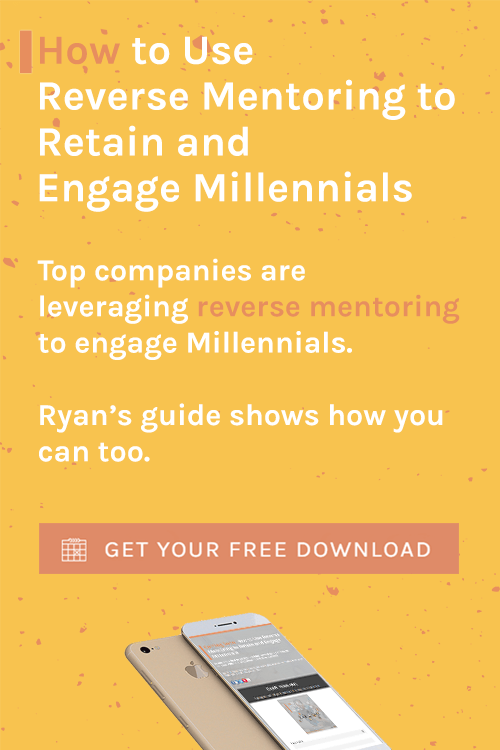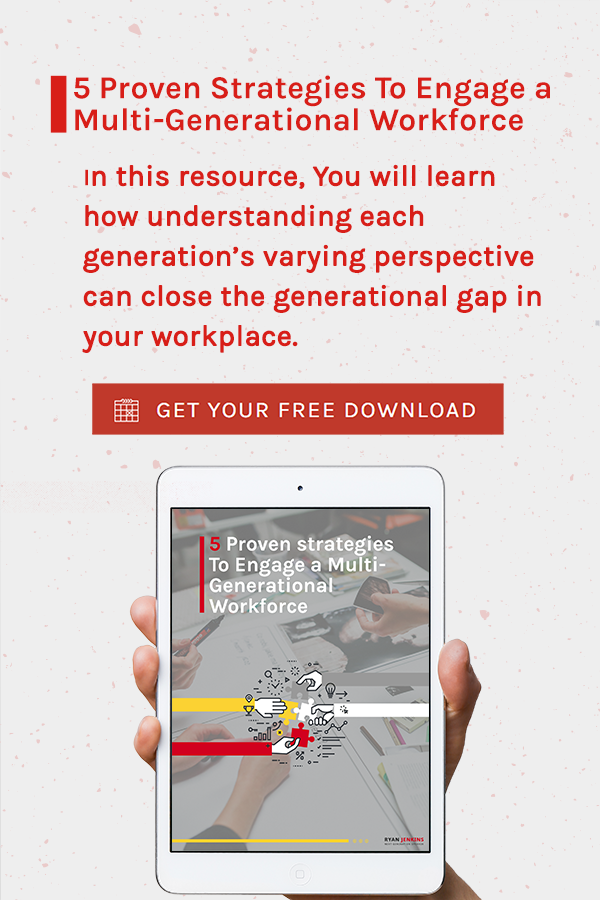While using emojis at work is becoming more commonplace, many of the mixed views of emojis can be explained largely by age.

In general, the emerging generations (Millennials and Gen Z) place more value on using emojis while established generations (Gen X and Baby Boomers) tend to view emojis as unprofessional and counterproductive.
Professionals over 45 years-old, are more likely to say that emoji use at work is inappropriate versus appropriate. In addition...
- Only 15 percent think emojis improve workplace communication
- 29 percent say it makes colleagues look unprofessional; the number jumps to 36 percent when upper management uses them
- 22 percent say it makes colleagues come across as either annoying, less genuine, or less competent
Conversely, young professionals overwhelming view emojis as appropriate for work. In fact, only 17 percent of young adults consider emoji use unprofessional.
Using emojis with Gen Z is a low risk, high return way to connect with and influence the next-generation workforce.
Here are a few reasons emojis might be the answer to closing the generational gap when communicating with Gen Z.
- Emojis are native to them.
- Gen Z uses emojis exclusively in text messaging 39 percent of the time.
- Emojis are “work-appropriate” to them.
- 46 percent of 18 to 29-year-olds think emojis are work-appropriate.
- Emojis elicit truer emotion.
- 58 percent of Gen Z feel emojis best express their emotions, compared to 48 percent of Millennials, 34 percent of Gen X and 37 percent of Boomers. And 83 percent of Gen Zare more comfortable expressing their emotions through emojis than a phone call, compared to 71 percent of Millennials, 61 percent of Gen X and 53 percent of Baby Boomers.
- Emojis improve perceptions.
- When a colleague uses emojis in their communications with Gen Z, Gen Z finds them to be more fun (50 percent), more approachable (43 percent), and kinder (35 percent).
- Emojis can show support.
- Over 90 percent of emoji users agree emojis lighten the mood of conversations and show support. Support is critical for Gen Z as nearly a third are motivated to work harder and stay longer at a company if they have a support manager.
- Emojis allow expression.
- 53 percent of Gen Z use emojis to be funny.
Beyond emojis, sending GIFs to Gen Z can provide similar benefits as highlighted above. However, there can be greater risk of misinterpretation with GIFs as certain cultural references depicted in the GIF may not extend across generations. When using a GIF be sure the Gen Z recipient will get the intent behind the reference.
As a Millennial and Generation Z keynote speaker and trainer, I help companies lead, engage, and sell to the emerging generations. If you'd like help solving tough generational challenges inside your organization, click here.





